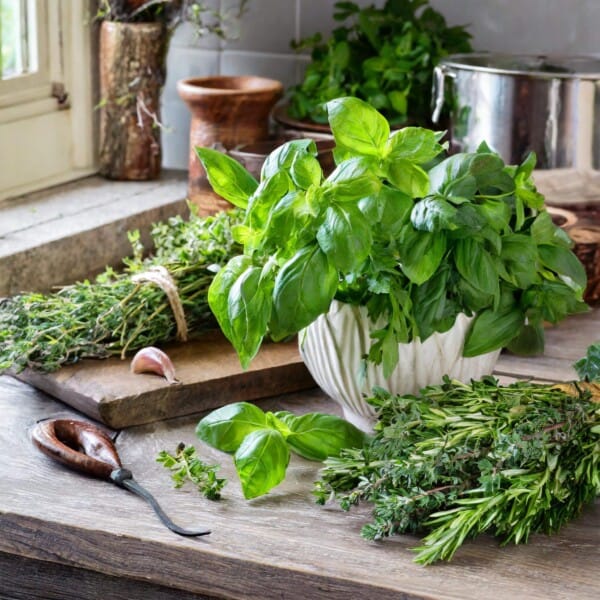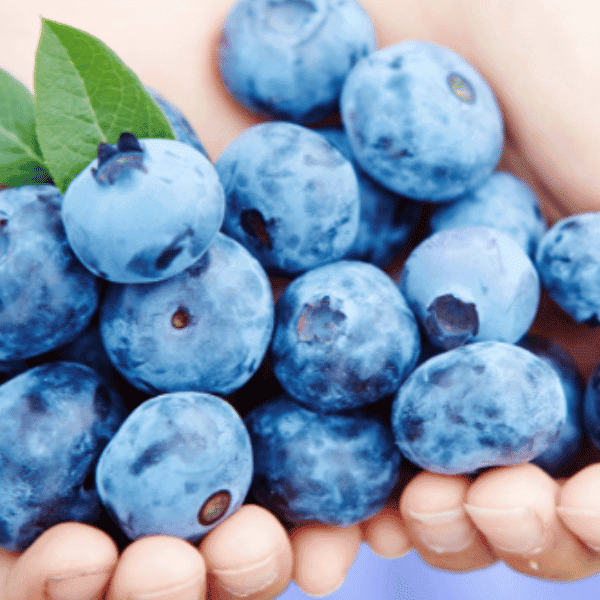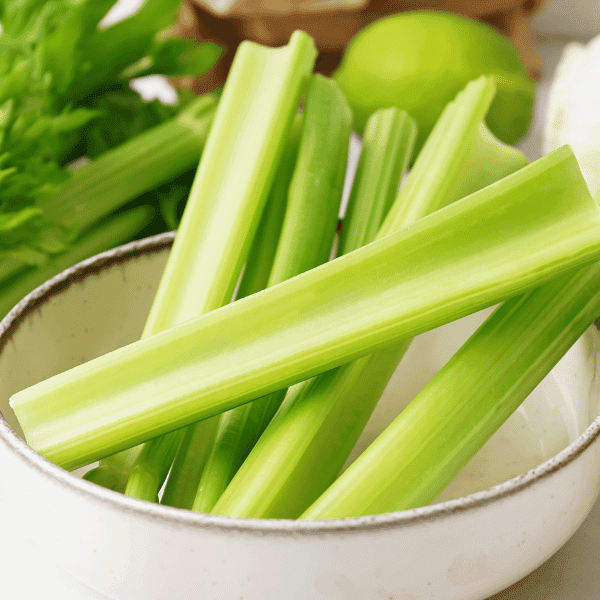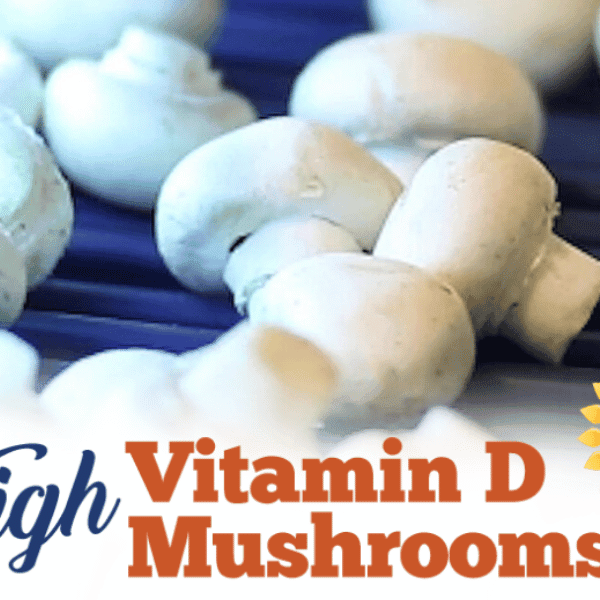How to Store Vegetables: Eat Fresh for Weeks
Aug 29, 2022, Updated Sep 26, 2022
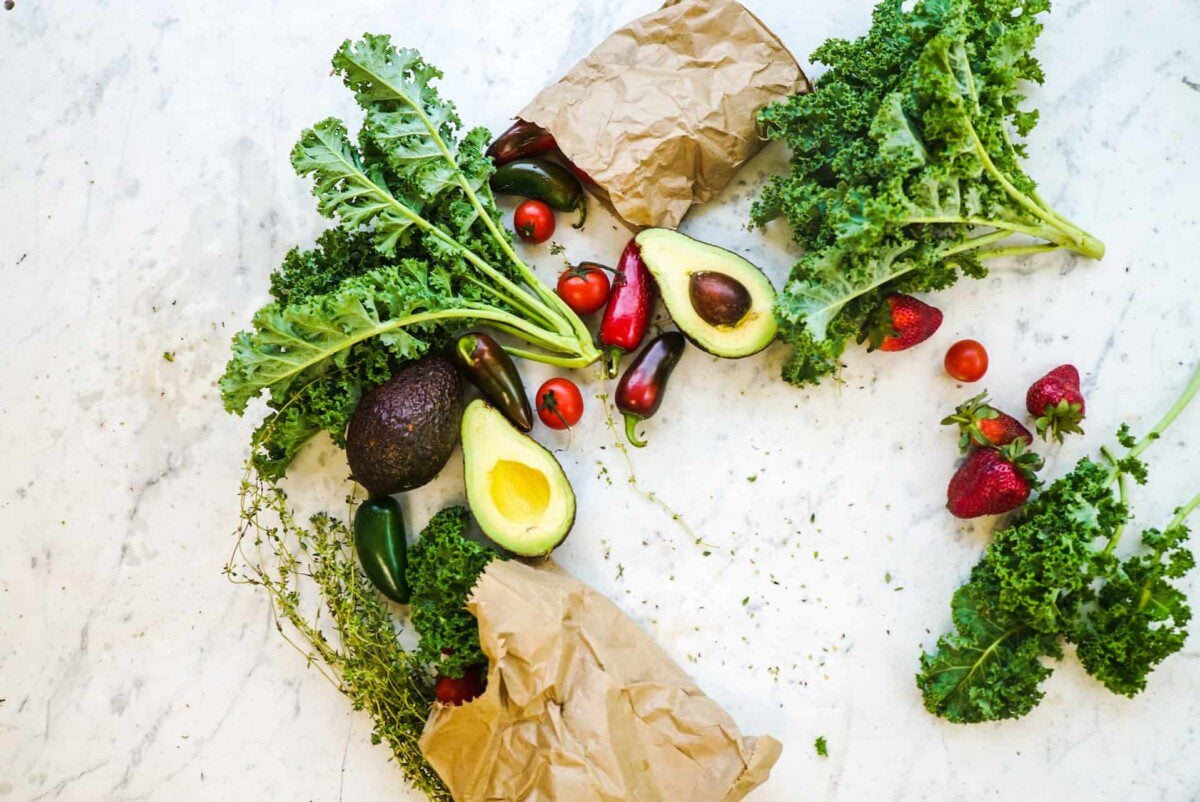
This post may contain affiliate links. Please read our disclosure policy.
Most homes will grocery shop once a week or every two to three weeks. This means that you’re faced with a wave of issues, such as using something before the expiration date or keeping vegetables to stay fresh for as long as possible. Sure, while it can be nice to make potpourri out of fruits and veggies that aren’t used, who wants to deal with the waste of food and money? Learning how to store vegetables properly is key to longer shelf life! While all veggies are good for you, they’re not all alike.
There isn’t exactly the best way to store all of them. Instead, each one of these will have its own way that will need to be stored. For example, how you store spinach will not be the same way you would handle an onion. Plus, you’ll need to keep in mind that some practices, such as washing, can impact their lifespan, too (plus a variety of other factors). So, how can you store your veggies for maximum freshness? Well, continue reading to learn all about how!
In the Fridge
The first thing is. First, you’re going to want to take a look at your fridge. Does your fridge have drawers? Most refrigerators will, or at least have similar features. Depending on the fridge, these can be great for veggies that need humidity. Some fruits prefer low humidity, while many veggies prefer high humidity. The temperature in your fridge should be around 33 to 40 F.
Related: How To Properly Wash Fruits and Vegetables
Cool, Dry, & Dark Place
Not all vegetables are created. Equally, some shouldn’t go in a fridge. Some veggies stay fresh for the longest if they’re in a cool or room-temperature location with no light, moisture, or heat. Sometimes a kitchen cupboard is an optimal choice for these or even a dedicated pantry. When it comes to this kitchen area, you’re going to want the temperature to be about 50 to 60 F, but at the very maximum, 70 F.
So, why are there some veggies that shouldn’t be exposed to light? This is due to veggies thinking they’re outside, and this will cause them to sprout. These items can keep in your pantry for at least a week, while some can stay there longer. Here are some of the veggies that should be stored in your pantry:
One thing to note is that you do not want to put your potatoes and onions next to each other in the pantry. The potatoes can sprout much faster due to the moisture that onions emit.
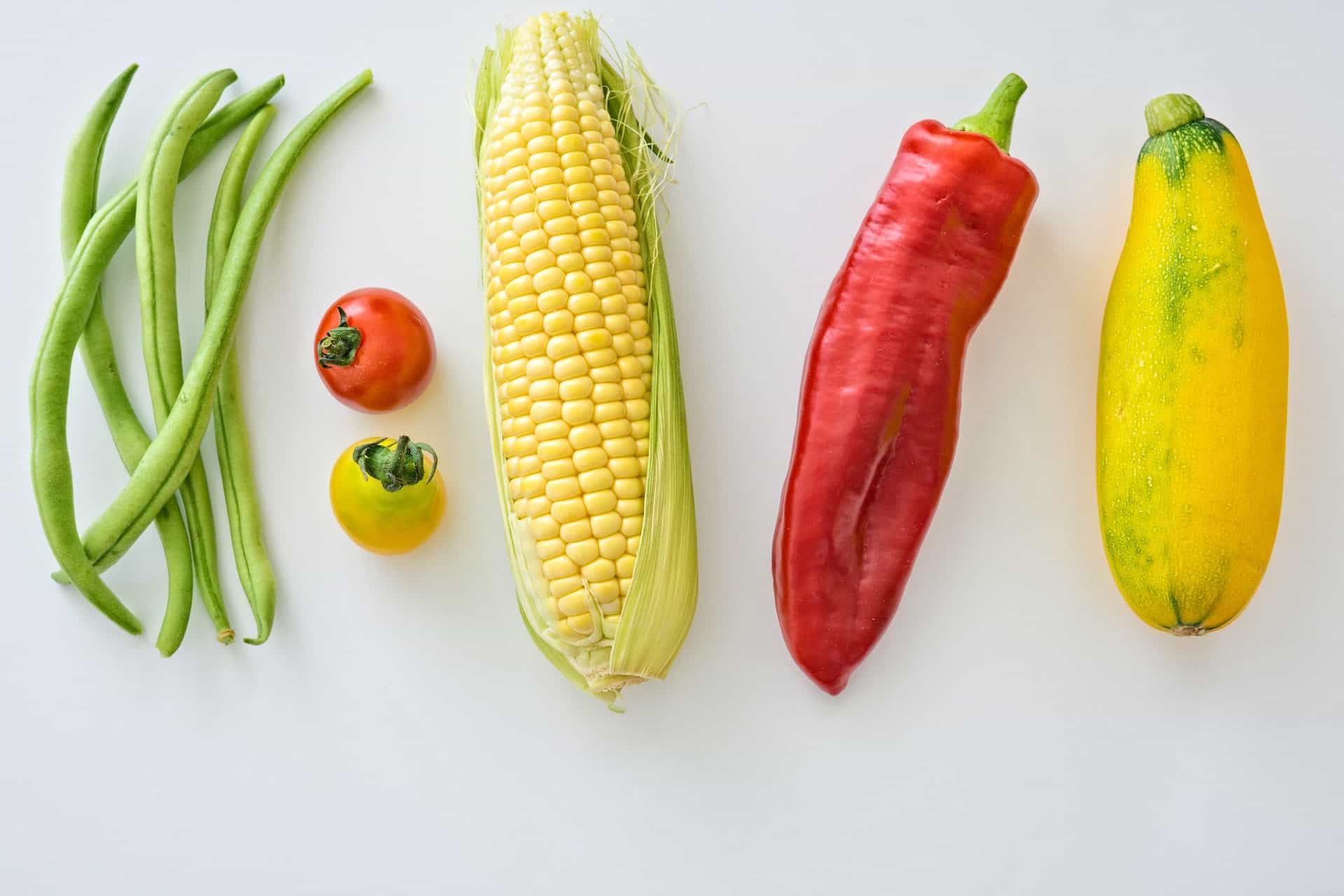
On the Countertop
Did you know that 30% to 40% of the US food supply goes to waste? So it’s vital that, as a consumer, you’re not letting any of your food go to waste. Plus, you’re also giving yourself the chance to save a lot of money by finding the best ways to store your vegetables. One method that surprised many people would be placing them on the countertops. Of course, plenty of fruits can be stored on the countertop, such as lemons, but did you know that it is recommended to leave tomatoes on the countertops?
While the tomato is technically a fruit, other “veggies” are classified as a fruit as well, like cucumbers, corn, and eggplants. But they are prepared like a vegetable, which is why they’re on the list. Having your tomatoes on the countertop, away from direct sunlight, will be the best option. While you can place your tomatoes in the fridge, this can give them a grainy texture.
Are you looking for something healthy to feed your Family? Check out all of these fabulous recipes here from The Produce Moms®!
Store Vegetables and Fruits Separate from Each Other
Some fruits, such as apples and pears, produce ethylene gas, and this accelerates the ripening process for other fruits and vegetables that are nearby. It can be great to ripen something, such as an avocado, but it’s best to separate your vegetables and fruit if you do not want anything to ripen. This can be a good waste prevention method as ripening vegetables fast just means it’s wilting and breaking down, not the same effect as for fruit.
For instance, if you have two crisper drawers in your refrigerator, it would be best to have one only for fruits and the other one would just for vegetables. Other than apples and pears, some examples of fruit that produce high amounts of ethylene gas include apricots, peaches, plums, nectarines, and kiwis.
Related: Four Corn Hacks for Summer Cookouts
Storing Tall Stalks
Tall stalks can include green onions and asparagus. Also, celery can fall under this too. When it comes to asparagus, you’ll want to trim an inch off from the bottom and have this stand upwards in a glass jar; afterward, fill them halfway with water. This can let them last for at least a week. When it comes to green onions, on the other hand, you’re not going to want to trim them, but instead, just let them stand up and have a little bit of water.
They continue growing shoots, even after cutting them, and eventually grow roots. So, you could have unlimited green onions if you plant them! But, keep in mind that there will be variations between the stalked vegetables.
Special Cases
As stated earlier, not all veggies are the same; there are going to be some that will need additional attention if you’re looking to keep them fresh for longer. The two biggest examples of this would be lettuce and mushrooms. So let’s take a look at how you can expand the shelf life of these!
Lettuce
Lettuce benefits from both air circulation and moisture. You can’t just throw them in your crisper drawer with a plastic bag. It doesn’t immediately make the lettuce go bad, but we want to extend its shelf life. One popular technique that restaurants use is washing their lettuce, spilling it dry, and storing it in the fridge in an open container like a colander.
Mushrooms
Mushrooms have a high water content, and as water evaporates, they can turn slimy if they’re locked in something such as a container or plastic bag. However, a paper bag does allow the mushrooms to breathe.
Related: Philly Cheesesteak Stuffed Peppers
What is the Shelf Life of Canned Vegetables?
If you’re choosing to can your vegetables, you can expect them to last between one and two years. Just make sure you label the can with the date they were canned. If you’re buying canned vegetables, you can expect the manufacturer to have a “use by” date somewhere on the can.
Freeze Them
If you’re not immediately using your vegetables, then a great option would be to freeze them. Frozen veggies are perfect for tasting summer produce all year long, and frozen vegetables still have their nutrients preserved. However, just keep in mind that some vegetables, such as eggplants and artichokes, don’t do very well if they are frozen.
Related: How to Freeze Corn
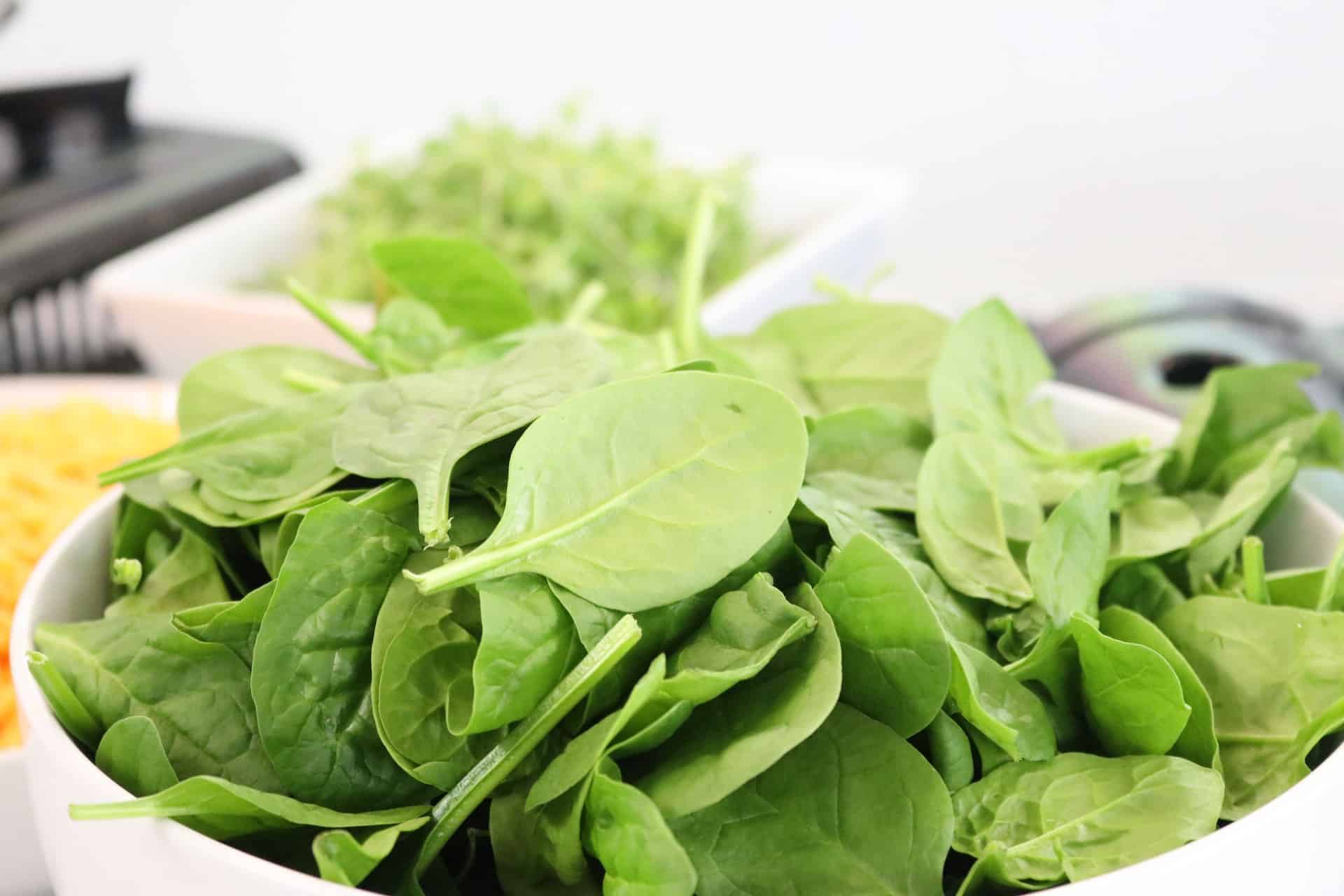
Before You Go
Overall, you don’t have to worry about contributing to food waste. There are plenty of ways to preserve produce and keep it fresh for the whole Family. It’s just a matter of keeping yourself well-informed on what to do.!
Do you want to join the mission with The Produce Moms® and add more fruits and veggies to your Family’s diet? From the benefits of fresh produce, the growing stage, and even right down to how everything is served, you can educate yourself and your Family here!
